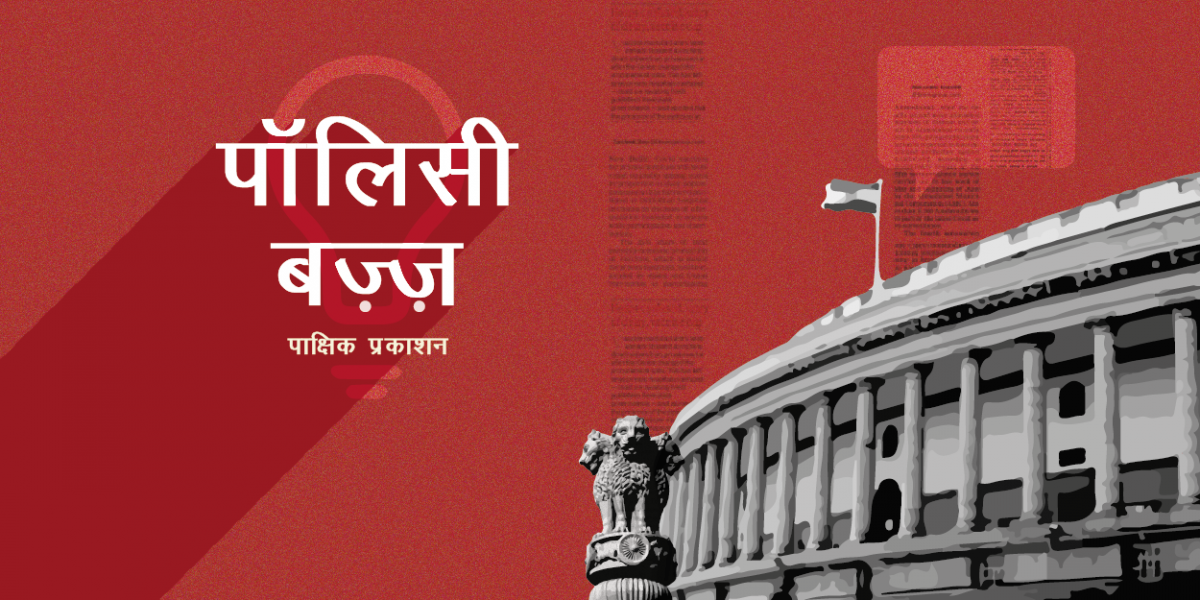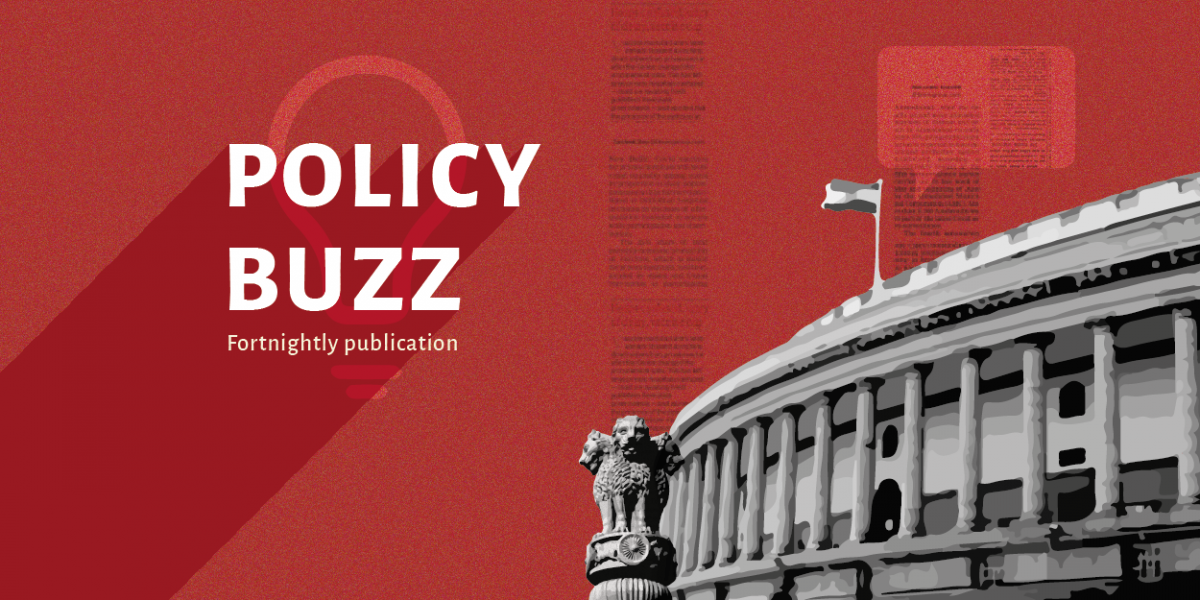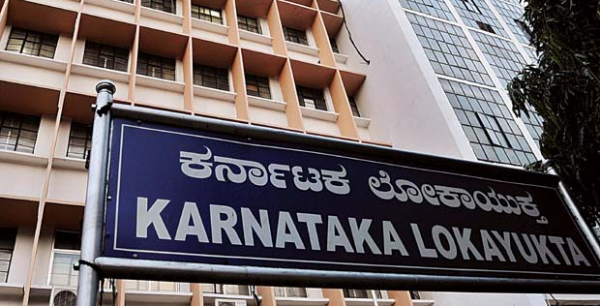I had ended last week’s blog by saying that in India, we need to learn from the experience of other countries where corruption has been effectively tackled.
In this direction, the first point to be examined in the context of the weakening of our Lokayuktas, as evidenced by the example of Karnataka related in last week’s blog, is whether Anti-Corruption Commissions are effective in other countries.
An instructive paper in this regard has been published by the World Bank Institute, entitled ‘Anti-Corruption Commissions Panacea or Real Medicine to Fight Corruption?’ by John R. Heilbrunn. In this paper, the author describes the typology of anti-corruption institutional strategies, assesses their performance, and ends with the identification of patterns and trends, which also contains a few suggestions for improvement.
Heilbrunn describes anti-corruption institutional mechanisms as falling within four categories.
- The first is the ‘universal model’, which undertakes investigative, preventive, and communicative functions.
- The second is the ‘investigative model’, where the anti-corruption agency only undertakes investigations and prosecutions and does not have any role in prevention or communication outreach.
- The third is the ‘Parliamentary model’, where a commission, which is independent of the executive and judicial branches of the government, is set up by Parliament and is obliged to report to the Parliament.
- The final model is the ‘Multi-agency model’, where anti-corruption responsibilities are divided among different agencies which undertake various activities, ranging from prevention to investigation, and prosecution.
The ‘Universal model’ is typified by the famous Hong Kong Independent Commission Against Corruption. This institution was set up in the light of rampant corruption in the early 1970s, and it head-on plunged into wide-ranging action against Hong Kong’s police force, which was known to be deeply involved in corruption. Early success was achieved when it was able to have a corrupt former head of the police force extradited from the UK and prosecuted and punished in Hong Kong.
The ICAC, with the powerful backup legislation that enabled it to undertake searches and seizures, impound passports, and confiscate properties, not only undertook policing, investigation and prosecution, but also undertook outreach activities and inquired into administrative reforms aimed at reducing corruption.
Singapore, on the other hand, adopted a narrower approach by establishing the Corrupt Practices Investigation Bureau (CPIB). This small but powerful agency is answerable to the executive but is given independence to investigate corruption and aim at prosecution.
In Australia, the New South Wales Independent Commission Against Corruption was set up under Parliament and reports to Parliament. Its powers are largely of a preventive nature. Parliament has also given it the power to investigate corruption charges against Members of Parliament.
In the United States, the growth of a network of institutions that share responsibilities for the prevention of corruption was triggered by a series of scandals over decades. Each scandal prompted the government to think about enlarging institutions and structuring their activities. Therefore, the United States Office of Government Ethics (OGE) is one of the many institutions that aim to prevent corruption.
The OGE oversees the implementation of the Ethics in Government Act, 1978, which contains several codes of conduct that are aimed at reducing conflict of interest, “from accepting employment with Federal Contractors, serving on boards of companies that contract with the government, and profiting from their official positions for a period after leaving office” (Heilbrunn).
In its anti-corruption activities, the OGE:
“Cooperates with a variety of offices in the executive branch, including the Office of Management and Budget, Government Accounting Office, and police agencies in the Justice Department. Its mandate is to deter conflicts of interest by disseminating information on laws and regulations that govern public sector employment.” (Heilbrunn).
When it comes to assessing the effectiveness of these institutions, Heilbrunn is blunt with his findings. He argues that “anti-corruption commissions fail to reduce public sector venality in all but a few special circumstances”.
Elaborating on this finding, Heilbrunn concludes as follows:
“It is hardly surprising that anti-corruption commissions have compiled a dismal record of effectiveness. The losers of policy reforms include people in business who have captured rents from a corrupt government and public servants who have profited from the discretion to allocate those rents. The machinations of venal actors in the private sector, elected officials, and appointed public servants have all too often eviscerated reformers’ efforts to enact sustainable policies. Political leaders in developing economies have few incentives to implement effective public sector reform and enforce those reforms through an anti-corruption commission that risk the alienation of key supporters. However, when cronyism is a norm and political leaders are in a tenuous position, they have an incentive to create anti-corruption agencies that are hollow organizations to divert attention from other possible reforms.“
These findings are a reality check for those who harbour the belief, and I count myself amongst such believers, that anti-corruption agencies can be effective in rooting out or diminishing corruption.
Armed with Heilbrunn’s findings, I will examine where we stand with respect to our Lokayuktas. What would be the typology of this institution? Are there ways to make the Lokayukta more effective, or are they, for the reasons that Heilbrunn lays down, institutions doomed to fail?
T.R. Raghunandan is an Advisor at the Accountability Initiative.
Also Read: How Funds for Women’s Safety in India have been Under-utilised








